Large hypoallergenic dogs are a popular choice for individuals seeking canine companionship without exacerbating allergy symptoms. Hypoallergenic dogs are breeds that produce fewer allergens, making them suitable for people with allergies or sensitivities to pet dander. The benefits of having a large hypoallergenic dog go beyond their allergy-friendly nature. These gentle giants often offer loyal companionship, excellent guard dog capabilities, and can be great playmates for families with children.
When considering large hypoallergenic breeds, there are several popular options to choose from, such as the Standard Poodle, Irish Water Spaniel, Portuguese Water Dog, Afghan Hound, and Giant Schnauzer, among others. Understanding the unique traits of these breeds and their hypoallergenic qualities can help potential owners make an informed and allergy-safe decision for a furry addition to their home.
Table of Contents
Popular Large Hypoallergenic Dog Breeds
1. Poodle
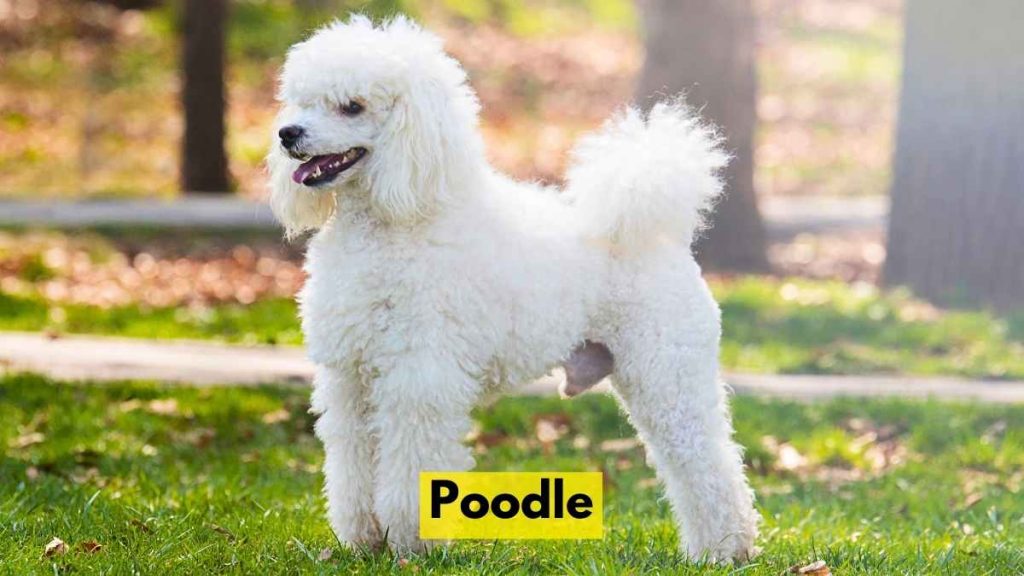
Poodles are renowned for their intelligence and hypoallergenic coats, making them a beloved choice for allergy sufferers. They come in various sizes, with the Standard Poodle being the largest, the Miniature Poodle being a smaller version, and the Labradoodle, a Poodle-Labrador mix, gaining popularity for its hypoallergenic traits and friendly nature.
2. Irish Water Spaniel
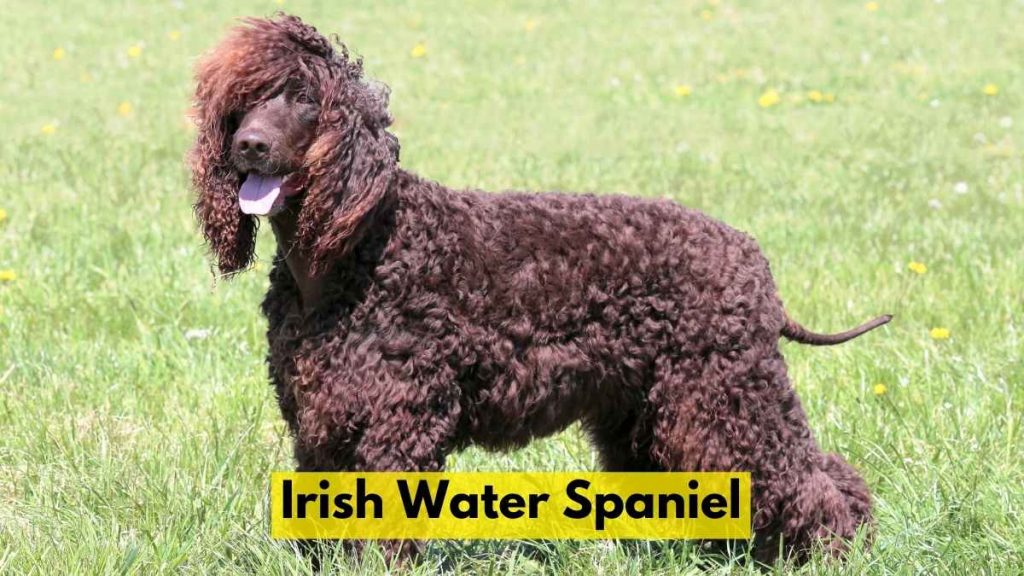
The Irish Water Spaniel is not only an excellent water retriever but also a large hypoallergenic breed. With its distinctive curly, water-resistant coat, it sheds minimally and produces fewer allergens, making it a suitable choice for allergy-prone individuals who enjoy outdoor activities.
3. Portuguese Water Dog
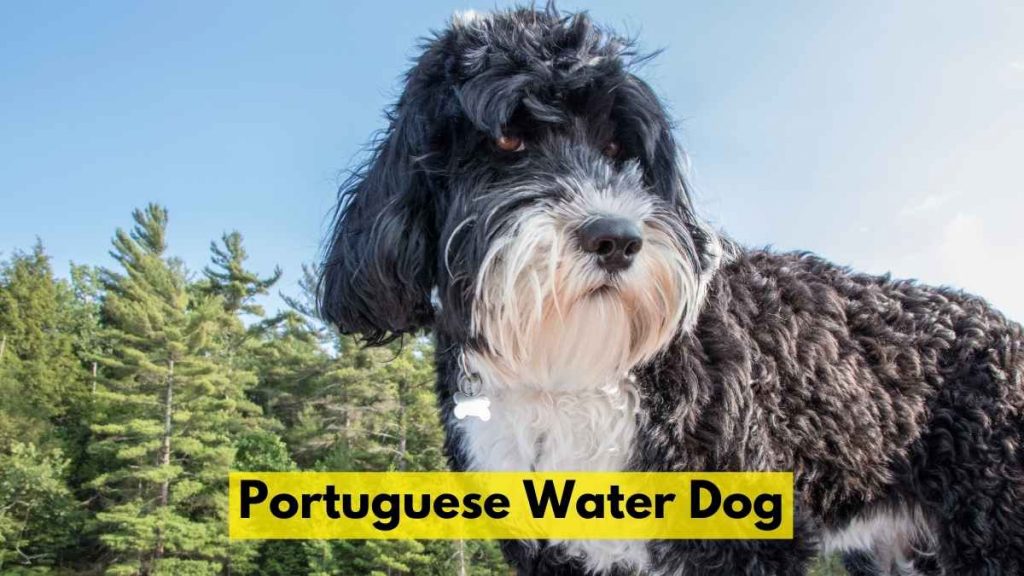
Renowned for its association with former U.S. President Barack Obama, the Portuguese Water Dog is not only a charming and energetic companion but also hypoallergenic. Their single-layered, curly coat reduces shedding and dander, making them a great option for those with allergies.
4. Afghan Hound
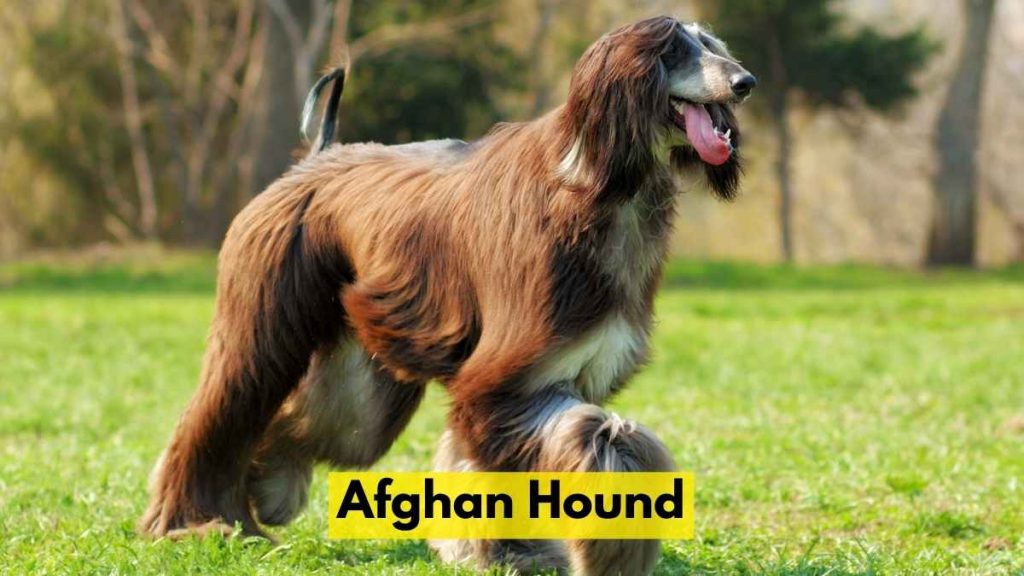
The regal and elegant Afghan Hound is not the first breed that comes to mind when considering hypoallergenic dogs, but it surprisingly falls into this category. Their silky, long coat does not shed much, but regular grooming is necessary to prevent tangles and matting.
5. Giant Schnauzer
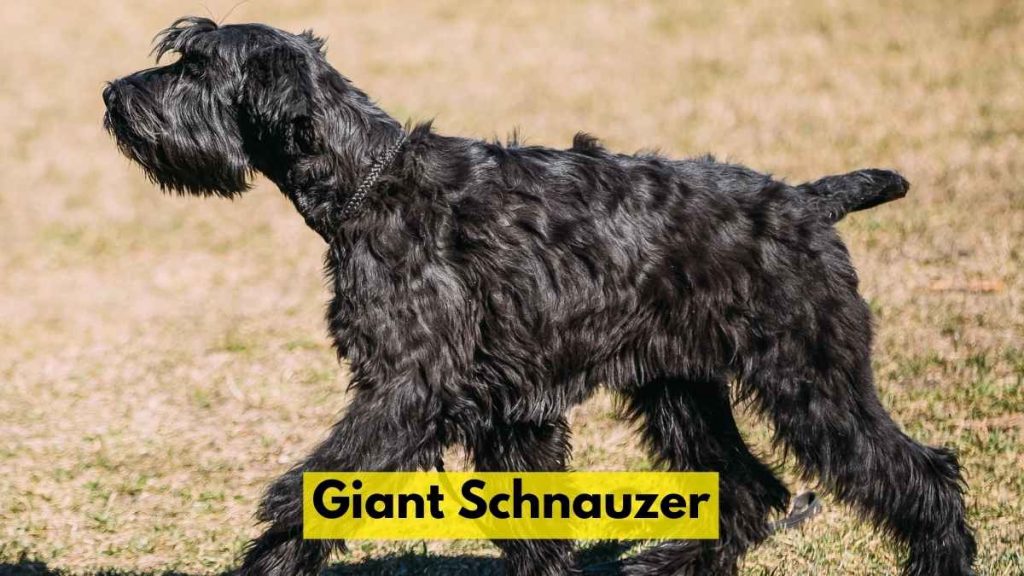
Known for their loyalty and versatility, Giant Schnauzers are large hypoallergenic dogs that require regular grooming to maintain their wiry, non-shedding coat. They are a great choice for active individuals or families seeking a protective yet hypoallergenic pet.
These popular large hypoallergenic dog breeds offer companionship, loyalty, and reduced allergen production, making them suitable options for individuals with allergies or sensitivities. Potential owners should research each breed’s specific characteristics, grooming needs, and exercise requirements to find the perfect hypoallergenic match for their lifestyle.
Understanding Dog Allergies
A. Causes of Dog Allergies in Humans
Dog allergies in humans are primarily triggered by proteins found in the dog’s skin cells, saliva, and urine. When these allergens are released into the air or come into direct contact with a sensitive person, the immune system may react negatively, leading to allergy symptoms. It’s important to note that different individuals may have varying levels of sensitivity to these allergens, and some may experience more severe reactions than others.
B. Symptoms of Dog Allergies
The symptoms of dog allergies can range from mild to severe and may include sneezing, runny or stuffy nose, itchy and watery eyes, coughing, wheezing, skin rashes, and hives. In more severe cases, exposure to dog allergens can trigger asthma attacks or exacerbate existing respiratory conditions. It’s essential to recognize these symptoms to determine if someone is allergic to dogs before bringing a pet into the household.
C. Difference between Hypoallergenic and Non-Hypoallergenic Dogs
Hypoallergenic dogs are breeds that produce fewer allergens compared to non-hypoallergenic breeds. While no dog can be completely hypoallergenic, these breeds are considered more compatible with individuals who have allergies. The reduced allergen production is mainly due to the type of coat they possess, shedding less and producing fewer dander particles that can become airborne and cause allergic reactions. On the other hand, non-hypoallergenic dogs may shed more, leading to a higher distribution of allergens in the environment, which can be problematic for allergy-prone individuals.
Understanding the causes and symptoms of dog allergies is crucial for those considering a pet, especially if they are susceptible to allergens. Knowing the difference between hypoallergenic and non-hypoallergenic dogs can guide potential dog owners in making an informed choice that aligns with their allergy needs. By selecting a large hypoallergenic dog breed, individuals can enjoy the companionship and joy of having a furry friend without compromising their health and well-being.
Characteristics of Large Hypoallergenic Dogs
A. Low-Shedding Coats
One of the key characteristics of large hypoallergenic dogs is their low-shedding coats. These breeds have hair that grows continuously and does not have a typical shedding cycle like non-hypoallergenic breeds. As a result, they release fewer loose hairs into the environment, reducing the distribution of allergens. Regular grooming is essential to prevent matting and tangling of their hair, which can further decrease shedding and allergen dispersion.
B. Minimal Dander Production
Dander is made up of tiny, often invisible, skin particles that can trigger allergic reactions in sensitive individuals. Large hypoallergenic dogs produce lower amounts of dander compared to their non-hypoallergenic counterparts. This reduction in dander production can significantly alleviate allergy symptoms for those who are prone to pet-related allergies.
C. Grooming Needs and Maintenance
Grooming is an essential aspect of caring for large hypoallergenic dogs. While they may shed less, their hair tends to grow continuously, requiring regular trimming and grooming sessions to keep it at a manageable length. Grooming also helps remove loose hairs and dander, further reducing allergen exposure. The specific grooming needs may vary depending on the breed, so potential owners should be prepared to invest time and effort in regular grooming and maintenance routines.
Large hypoallergenic dogs offer the advantage of having low-shedding coats and minimal dander production, making them more suitable for individuals with allergies. However, it’s important to remember that no dog breed is entirely allergen-free, and individual reactions can still vary. Proper grooming and maintenance are essential to maximizing the hypoallergenic benefits of these large, lovable companions and ensuring a more allergy-friendly living environment.
Factors to Consider Before Getting a Large Hypoallergenic Dog
A. Allergy Testing and Tolerance
Before bringing a large hypoallergenic dog into the home, it’s essential for all family members to undergo allergy testing to determine if anyone has allergies to dogs or specific breeds. Additionally, spending time with the specific breed or spending time around other dogs of the same breed can help gauge individual tolerance levels. Allergies can vary in severity from person to person, so understanding each family member’s sensitivity is crucial for a harmonious living environment.
B. Exercise and Activity Needs
Large hypoallergenic dogs, like any other breed, have exercise and activity requirements that need to be met to keep them physically and mentally stimulated. Potential owners should consider their lifestyle and availability to provide daily walks, playtime, and other forms of exercise. Some breeds may have higher energy levels and require more extensive physical activities, while others may be content with moderate exercise.
C. Training and Socialization Requirements
Training and socialization are vital aspects of dog ownership, regardless of breed. Large hypoallergenic dogs can be intelligent and eager to please, making training a rewarding experience. Early socialization with other dogs and people is essential to ensure they grow into well-mannered and confident pets. Potential owners should be prepared to invest time and effort into positive reinforcement training techniques and socialization activities.
D. Living Space and Environment
Consideration should be given to the living space and environment where the large hypoallergenic dog will reside. Some breeds may adapt well to apartment living if their exercise needs are adequately met, while others may require more space and a secure yard to roam freely. Additionally, prospective owners should think about potential allergens present in the home, such as dust, pollen, or mold, which can aggravate allergies in sensitive individuals.
Taking into account these factors before getting a large hypoallergenic dog ensures that the chosen breed aligns with the family’s lifestyle and allergy considerations. Responsible ownership and proper preparation can lead to a fulfilling and lasting bond between the pet and its owners, providing a happy and healthy life for both parties.
Care and Maintenance of Large Hypoallergenic Dogs
A. Grooming Tips for Hypoallergenic Breeds
Proper grooming is essential for large hypoallergenic dogs to maintain their low-shedding coats and minimize allergen production. Regular brushing helps remove loose hairs and prevents matting, which can lead to an increase in shedding and dander. The frequency of grooming may vary depending on the breed and the length of their coat. It’s crucial to use high-quality grooming tools suitable for the specific coat type, and gentle handling during grooming sessions can create a positive experience for the dog.
B. Bathing and Coat Maintenance
Bathing large hypoallergenic dogs should be done as needed, typically every 4 to 6 weeks, or when they get dirty or smelly. Using a hypoallergenic dog shampoo can help reduce skin irritation and maintain the coat’s health. Over-bathing should be avoided, as it can strip the coat of its natural oils and lead to dry skin. After baths, thorough drying is essential to prevent dampness that can create a breeding ground for bacteria and yeast. Regular maintenance tasks such as nail trimming, ear cleaning, and teeth brushing should also be included in the grooming routine.
C. Allergen Reduction Strategies at Home
To create a more allergy-friendly home environment, there are several strategies that can help reduce allergens from large hypoallergenic dogs. Frequent vacuuming with a vacuum cleaner equipped with a HEPA filter can help remove pet hair and dander from carpets and furniture. Washing pet bedding regularly in hot water also helps eliminate allergens. Creating designated pet-free zones in the home, such as bedrooms or certain furniture, can provide allergy sufferers with a safe retreat. Air purifiers with HEPA filters can further improve air quality by capturing airborne allergens.
By following these care and maintenance practices, large hypoallergenic dog owners can help minimize allergen exposure and ensure a clean and comfortable living environment for both the pet and the family. Regular grooming and attention to allergen reduction at home can contribute to a happy and healthy life for these gentle and allergy-friendly companions.
Health Considerations for Large Hypoallergenic Dogs
A. Common Health Issues in Specific Breeds
While large hypoallergenic dogs generally tend to be healthy, specific breeds may have certain genetic predispositions to certain health issues. For example, some large breeds like the Afghan Hound and Giant Schnauzer may be prone to hip dysplasia, a condition where the hip joint doesn’t develop properly, leading to arthritis and pain. Standard Poodles may be more susceptible to certain eye disorders, such as progressive retinal atrophy. It’s essential for potential owners to research the common health issues in the specific breed they are interested in and be prepared to provide the necessary care and attention to prevent or manage these conditions.
B. Regular Veterinary Check-ups and Vaccinations
Routine veterinary check-ups are crucial for the overall health and well-being of large hypoallergenic dogs. Regular visits to the veterinarian allow for early detection of any potential health concerns and enable timely interventions. Vaccinations are also essential to protect against preventable diseases. A veterinarian will develop a tailored vaccination schedule based on the dog’s breed, age, and lifestyle to ensure they are adequately protected.
C. Proper Nutrition and Diet
Feeding large hypoallergenic dogs a balanced and nutritious diet is essential for their health and vitality. High-quality dog food that meets their specific nutritional needs should be chosen. Some breeds may have specific dietary requirements, such as the Giant Schnauzer’s need for a diet with joint support to prevent joint issues. Owners should be cautious about offering table scraps or foods that may trigger allergies or digestive issues. Maintaining a healthy weight is also crucial to prevent obesity-related health problems, especially in larger breeds.
Taking proactive measures to address the health considerations for large hypoallergenic dogs is key to ensuring their long and healthy lives. Being aware of breed-specific health issues, providing regular veterinary care, and offering a balanced diet will contribute to the overall well-being of these allergy-friendly companions. Responsible owners who prioritize their dog’s health needs can enjoy a loving and fulfilling relationship with their large hypoallergenic pet.
Training and Socialization for Large Hypoallergenic Dogs
A. Positive Reinforcement Training Techniques
Positive reinforcement training is highly effective for large hypoallergenic dogs, as they are often intelligent and eager to please their owners. This training method involves rewarding desired behaviors with treats, praise, or affection, which encourages the dog to repeat those behaviors. Using positive reinforcement helps build a strong bond between the dog and the owner and creates a positive and enjoyable learning experience. Harsh or punitive training methods should be avoided, as they can lead to fear and anxiety in these sensitive breeds.
B. Socialization with People and Other Pets
Socialization is a crucial aspect of raising a well-adjusted and well-behaved large hypoallergenic dog. Early and positive exposure to various people, including different ages and backgrounds, helps the dog become comfortable and confident in different social situations. Likewise, exposing the dog to other friendly and well-behaved dogs helps them develop appropriate social skills and prevent fear or aggression towards unfamiliar animals. Regular visits to dog parks or group training classes can aid in this socialization process.
C. Mental Stimulation and Enrichment
Large hypoallergenic dogs are often active and intelligent breeds that require mental stimulation to prevent boredom and behavioral issues. Engaging in activities that challenge their minds, such as puzzle toys, obedience training, or interactive games, can keep their minds sharp and prevent destructive behaviors. Enriching their environment with different textures, sounds, and scents can also provide mental stimulation and keep them entertained.
Creating a positive and enriching training and socialization experience for large hypoallergenic dogs is essential for their overall well-being and happiness. Employing positive reinforcement techniques, exposing them to diverse social situations, and providing mental stimulation will help these intelligent and affectionate companions thrive and become valued members of their families.
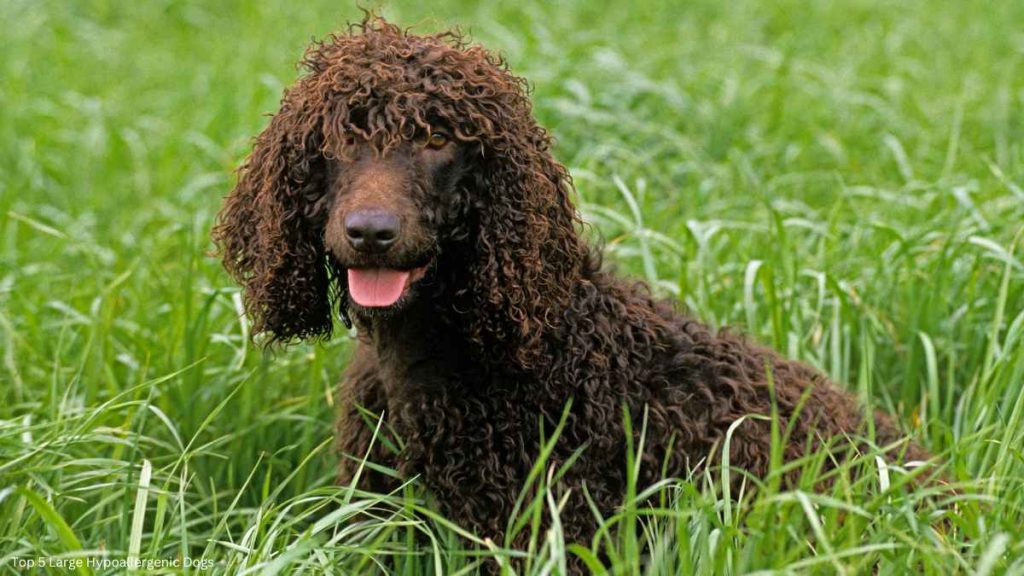
Living with a Large Hypoallergenic Dog
A. Creating a Safe and Allergy-Friendly Home Environment
Living with a large hypoallergenic dog requires creating an environment that minimizes allergens and ensures the well-being of everyone in the household. Regular grooming and brushing of the dog’s coat will help reduce shedding and dander. Using a vacuum cleaner with a HEPA filter can efficiently capture pet hair and allergens from carpets and furniture. Washing the dog’s bedding frequently and designating pet-free zones, especially in bedrooms, can provide allergy sufferers with a retreat from allergens. Additionally, ensuring proper ventilation and using air purifiers with HEPA filters can improve indoor air quality and reduce airborne allergens.
B. Exercise and Playtime Recommendations
Large hypoallergenic dogs have energy and exercise needs that should be met to keep them happy and healthy. Providing daily walks, playtime, and mental stimulation through interactive games or puzzle toys will help prevent boredom and behavioral issues. Engaging in physical activities such as fetch, agility training, or swimming can cater to their specific breed’s exercise requirements. Regular exercise not only keeps the dog physically fit but also aids in reducing stress and anxiety, promoting overall well-being.
C. Bonding and Companionship
Bonding with a large hypoallergenic dog is a rewarding experience that requires spending quality time together. Positive reinforcement training sessions not only teach commands but also strengthen the bond between the dog and its owner. Regular playtime, grooming sessions, and outdoor activities provide opportunities for companionship and mutual enjoyment. Dogs are social animals and thrive on human interaction and attention, so regular affection and time spent together are essential for building a strong and loving relationship.
Living with a large hypoallergenic dog can be a delightful experience when proper measures are taken to ensure an allergy-friendly environment and meet their exercise and companionship needs. Responsible pet ownership, regular grooming, and providing love and attention will foster a happy and harmonious life with these affectionate and allergy-friendly companions.
Conclusion
A. Recap of the Advantages of Large Hypoallergenic Dogs:
Large hypoallergenic dogs offer numerous benefits for individuals with allergies or sensitivities. These breeds produce fewer allergens, such as dander and loose hair, making them more compatible with allergy-prone individuals. Their low-shedding coats and minimal dander production contribute to a cleaner and allergy-friendly living environment. Additionally, large hypoallergenic dogs often possess friendly and affectionate temperaments, providing loyal companionship to their owners.
B. Choosing the Right Breed for Your Allergy Needs:
When considering a large hypoallergenic dog, it’s crucial to research and select a breed that aligns with your specific allergy needs and lifestyle. Each hypoallergenic breed has unique characteristics and care requirements. Potential owners should take into account factors like exercise needs, grooming demands, and potential health issues to ensure a harmonious match between the dog and its new home.
C. Responsible Dog Ownership and Care:
Owning a large hypoallergenic dog comes with responsibilities that extend beyond allergy considerations. Proper grooming, regular veterinary check-ups, and a balanced diet are essential components of responsible dog ownership. Positive reinforcement training techniques and early socialization contribute to a well-behaved and well-adjusted canine companion. Providing love, attention, and mental stimulation creates a strong bond and fosters a happy and fulfilling relationship between the dog and its owner.
In conclusion, large hypoallergenic dogs can make wonderful additions to households where allergies are a concern. Their low-shedding coats and minimal dander production offer advantages for allergy sufferers, while their affectionate and loyal nature enriches the lives of their owners. By choosing the right breed, practicing responsible ownership, and providing proper care, individuals can experience the joy of living with a large hypoallergenic dog and enjoy the numerous benefits of their presence in their lives.
You May Also Like:
Top Hypoallergenic Mixed Breeds: Perfect Dogs for People with Allergies

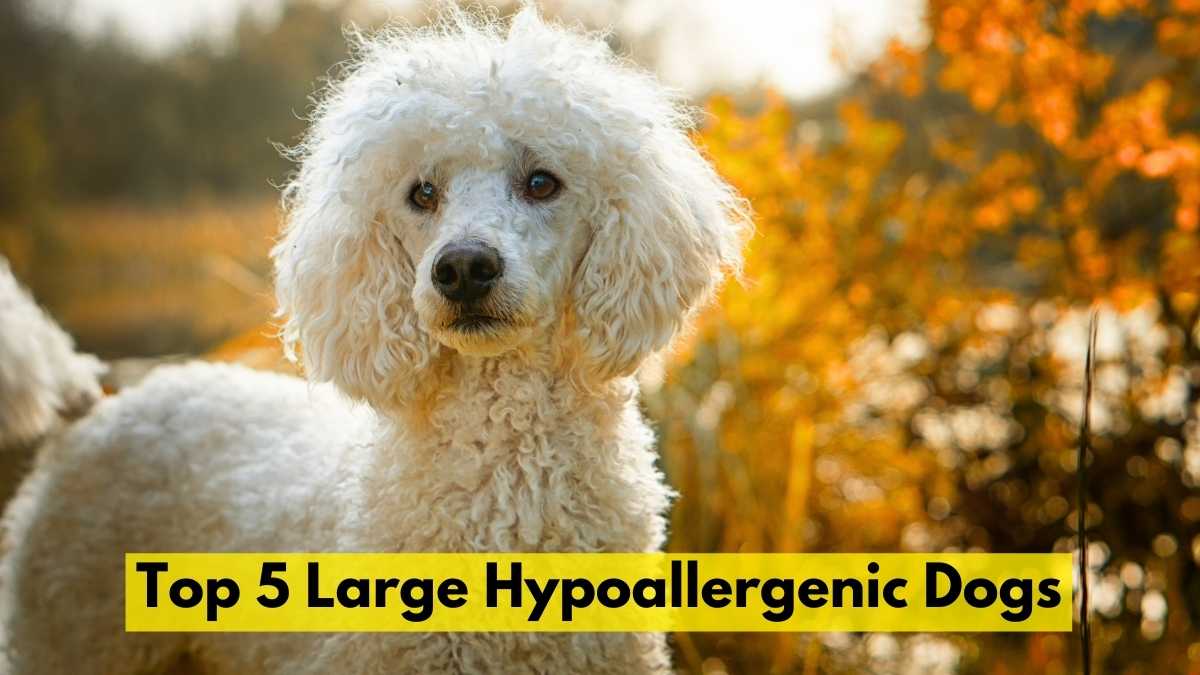
1 thought on “5 Best Large Hypoallergenic Dogs for Allergy-Prone Individuals”